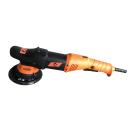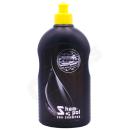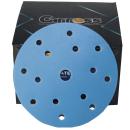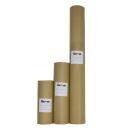Car paint touch-up guide
See the products concernedThe right way to touch up car paintwork
It's important not to take defects in your car paintwork lightly if you want to prevent it from rusting. In fact, scratches, dents, malicious damage, paint splashes... A paint defect can happen very quickly. That's why we recommend that you follow the procedure step by step to avoid any unpleasant surprises.
Here are a few tips for touching up your car paintwork and restoring its original shine:
Step 1: Clean the area to be treated
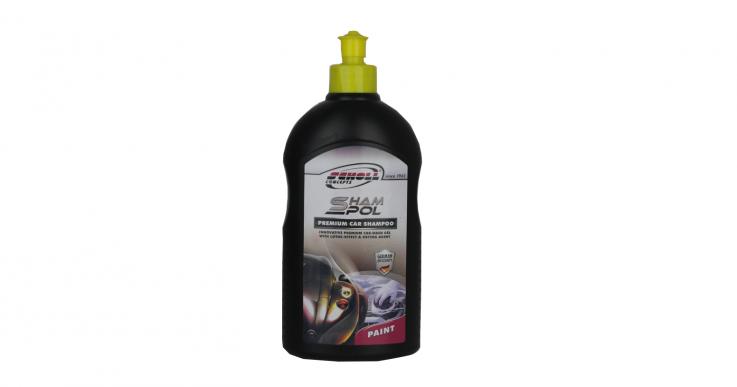
Before starting work, it's essential to clean your bodywork. Painting a dirty car can add a lot of work because the result won't live up to your expectations.
To do this, we recommend SHAMPOL from Scholl.
Thanks to its 4-in-1 formula, this product is perfect for cleaning your entire car exterior. Using a sheepskin glove, apply a few drops of your product and rub all over your vehicle. Then rinse your bodywork thoroughly until the product is completely removed.
Tech'team tip: For optimum, streak-free cleaning, we recommend that you clean your car or motorbike in the shade.
Step 2: Sanding the damaged part of the vehicle
This step is absolutely essential to make the surface smooth so that you can apply paint again. We recommend that you start sanding with a fairly coarse grit - an orbital polisher is ideal for this. When you've finished sanding with a coarse grit, move on to a finer grit using slow, circular movements.
Tech'team tip: It's very important to dust your surface once it has been sanded to avoid imperfections when applying products.
Step 3: Protect the work area
When you want to carry out repairs on your car or motorbike, it's a good idea to protect the work area to avoid any nasty surprises.
To do this, we advise you to use masking material (see all about masking material).
The use of masking material is essential to ensure a clean, flawless result. Once the surface has been marked out, the application of primer, paint or Clearcoat is much more effective.
Step 4: Applying the undercoat
You need to apply a primer if you want your paint to bond well with the surface of your vehicle. This product is very useful when you want to do some finishing work.
Tech'team tip: we recommend that you apply the primer in left-to-right strokes
Step 5: Applying car paint
Once the area has been properly prepared for the paint, you can apply it.
It's important to apply thin layers to prevent the paint from running. Apply the right number of coats for the area to be treated. We recommend that you allow the paint to dry thoroughly between coats to prevent defects from appearing.
Tech'team tip: If you want to touch up a small area of your vehicle, spray paint is more suitable and will make the bodybuilder's job easier.
Step 6: Applying the Clearcoat
When you have a two-coat paint finish, it's essential to apply a protective coat to add shine to your car paintwork. The technique is the same, but we strongly recommend applying the Clearcoat in several coats if necessary. Be careful to respect the drying time to avoid imperfections appearing.
What equipment do I need to carry out a paint touch-up?
A number of tools are essential when you want to repair or touch up your car or motorbike. Here's a summary of the products you'll need to prepare your paintwork:
ABRASIVE DISCS
Intercarross Abrasive discs are perfect for Sanding. They come in all sorts of grits so you can choose the one best suited to your work.

ORBITAL POLISHER

An orbital polisher is essential for precise, clean sanding.
KRAFT MASKING PAPER
This Intercarross masking paper comes in different sizes depending on the area to be covered. This paper is used before applying paint to the bodywork.
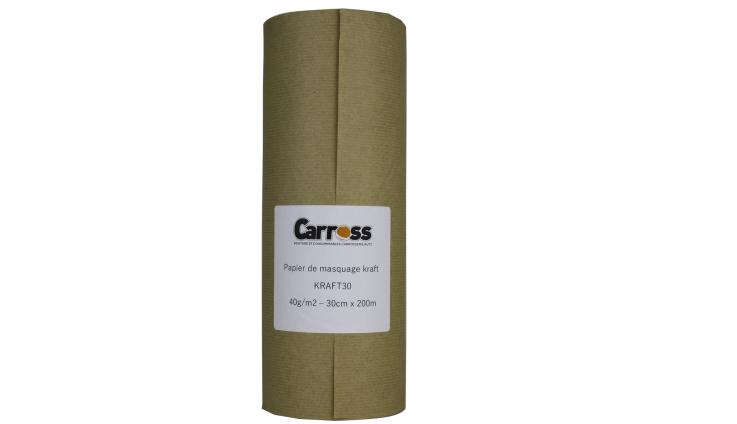
CLEANING CLOTH
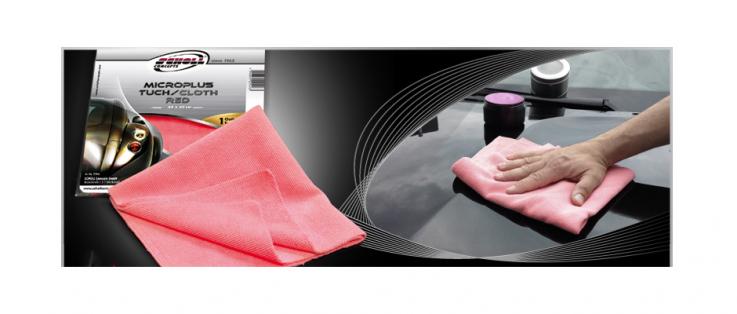
This polishing cloth is effective for cleaning parts of your bodywork that have become brittle over time, and also removes excess product.
